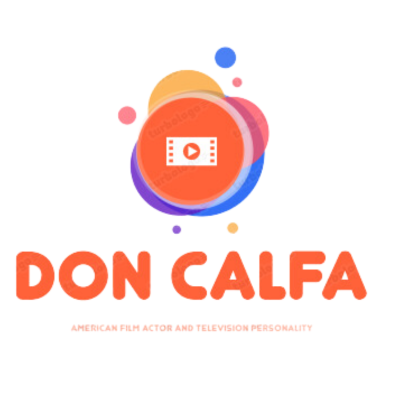What is Art Direction?
Art direction is a concept that refers to the process of organizing and coordinating various visual elements in order to create a cohesive and aesthetically pleasing final product. It is a creative role that typically exists within the fields of advertising, filmmaking, graphic design, and photography, among others.
Art direction involves making decisions about the overall look, feel, and style of a project or campaign. This includes selecting and arranging colors, typography, images, and other design elements to convey a specific message or evoke certain emotions. Art directors work closely with designers, photographers, stylists, and other creative professionals to ensure that the visual aspects of a project align with the desired vision and objectives.
In advertising, for example, an art director is responsible for conceptualizing and overseeing the visual components of an advertisement, such as the layout, props, and models used. In film, the art director is in charge of the overall visual design of the movie, including sets, costumes, and props. The art director’s role is to bring a cohesive artistic vision to life and ensure that all visual elements work together harmoniously.
Overall, art direction is a crucial aspect of creating visually impactful and memorable experiences across various creative industries. It requires a keen eye for design, strong creative instincts, and the ability to effectively communicate and collaborate with a team.
Understanding Art Direction
Art direction is the process of managing and directing the visual elements of a creative project, such as an advertisement, film, or website. It involves making decisions about the overall look and feel of the project, including the design, style, and composition.
Art direction encompasses various aspects, including selecting and coordinating the visuals, such as the props, sets, costumes, and lighting, to create a cohesive and visually appealing presentation. It also involves working closely with other creative professionals, such as photographers, graphic designers, and stylists, to ensure that their work aligns with the overall vision.
The art director plays a crucial role in translating the creative brief or concept into a visual reality. They are responsible for overseeing the entire process, from conceptualization to final execution. They provide guidance and direction to the creative team, ensuring that their work aligns with the project’s objectives and artistic vision.
Art direction requires a strong understanding of design principles, composition techniques, color theory, and visual storytelling. It involves combining creativity and strategic thinking to convey a specific message or mood through visual elements.
In the context of advertising, art direction aims to capture the target audience’s attention and convey the brand’s essence or message effectively. It involves creating visually captivating and memorable images or designs that resonate with the intended viewers.
In filmmaking, art direction focuses on creating the visual design and atmosphere of a film. This includes the set design, costumes, props, and overall visual aesthetic, all of which contribute to conveying the story and the director’s vision.
In summary, art direction is the process of managing and directing the visual elements of a creative project. It involves making decisions about the design, style, and composition to create a cohesive and visually appealing presentation. The art director plays a vital role in translating the creative vision into a visual reality and works closely with other creative professionals to ensure that their work aligns with the overall objectives.
Exploring the Role of Art Direction
Art direction refers to the creative direction and visual design of a project or production. It encompasses various elements, including but not limited to photography, film, advertising, gaming, and graphic design. The art director is responsible for ensuring that the artistic vision and concept of a project are effectively executed.
One of the key roles of art direction is to establish and communicate a cohesive visual style and tone. This involves working closely with the creative team to develop a visual concept that aligns with the project’s objectives and target audience. The art director creates a visual language that reflects the mood, message, and brand identity of the project.
Art direction also involves overseeing the entire creative process, from conceptualization to production. The art director collaborates with designers, photographers, illustrators, copywriters, and other creative professionals to bring the vision to life. They guide and inspire the team, providing creative direction and feedback throughout the process.
Another crucial aspect of art direction is ensuring that the project stays within budget and meets deadlines. The art director must be able to manage resources efficiently, allocate budgets, and negotiate with vendors or suppliers when necessary. They are responsible for organizing and coordinating the various elements of the production, ensuring that everything comes together seamlessly.
Art direction is essential in conveying the desired message and evoking the intended emotions in the audience. It helps create a visual narrative that enhances the storytelling and engages viewers. By carefully selecting colors, typography, layouts, and other visual elements, art direction can shape the overall aesthetic and impact of the project.
Furthermore, art direction plays a pivotal role in maintaining brand consistency. Whether it is in advertising campaigns, films, or websites, art direction ensures that the visual representation aligns with the brand’s values, identity, and guidelines. This consistency helps build recognition and trust among the target audience.
In summary, the role of art direction is to bring the artistic vision to life by overseeing the creative process, establishing a visual style, managing resources, and maintaining brand consistency. It is a collaborative and integral part of various creative industries, shaping the visual experience and storytelling for audiences worldwide.
